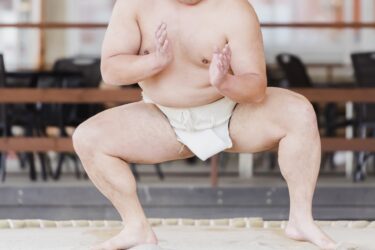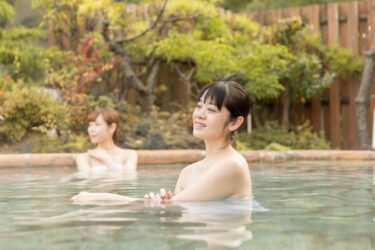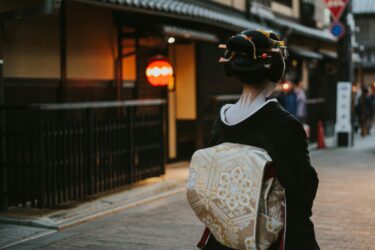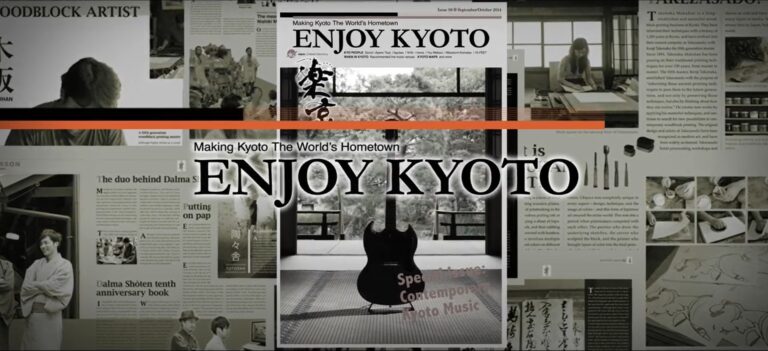You may think you know what sumo is about, but this ancient sport dates back centuries and continues to captivate spectators in Japan with its unique blend of athleticism, strength, and tradition. While you won’t find regular sumo matches in Kyoto, you can see some of these electrifying bouts in neighboring Osaka. Here, we’ll explore the thrills of sumo wrestling: from the elaborate rituals that precede each match to the thunderous clash of bodies in the dohyō (ring), we’ll also take a look at how to experience the heart-pounding excitement firsthand.
What is Sumo Wrestling?
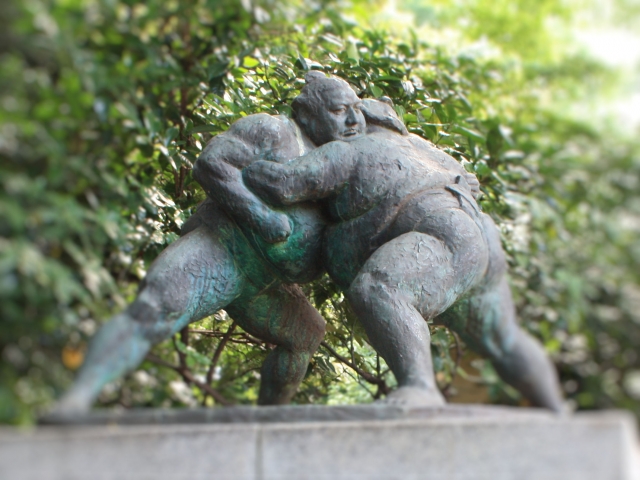
Sumo wrestling is the oldest sport in Japan, with a history stretching back well over a thousand years. Today, sumo retains many ceremonial elements, and its essence remains deeply connected to Shinto beliefs.
The sport itself is relatively straightforward. Two massive wrestlers, called rikishi, face off in a circular ring known as the dohyo. The goal is simple: to force your opponent out of the ring or to make any part of his body, other than the soles of his feet, touch the ground. Despite this simplicity, the level of strategy, training, and physical prowess involved is astounding. Matches are intense and often over in seconds, but they are always preceded by ceremonial rituals that build anticipation.
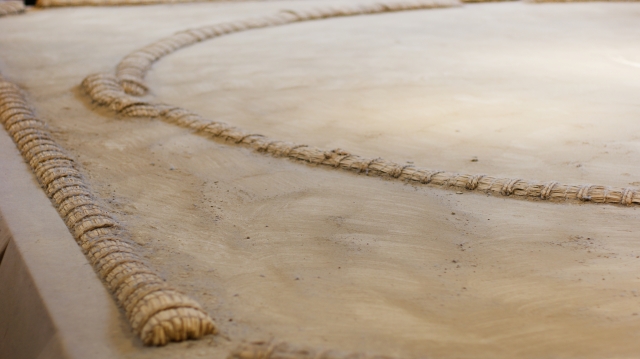
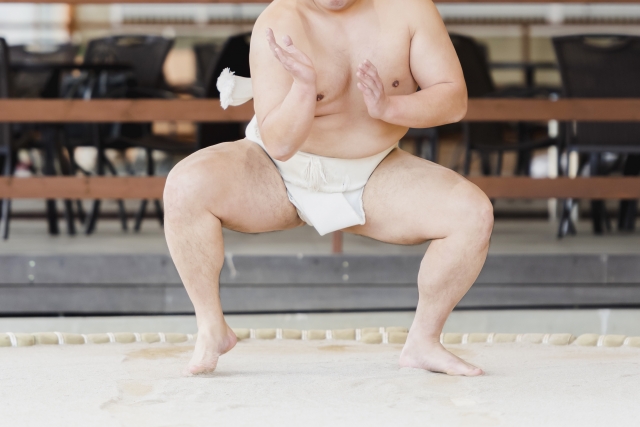
In sumo, several techniques, or kimarite, are employed to gain an advantage over the opponent. These techniques can range from simple pushes and shoves to more complex grappling maneuvers. There are over 80 recognized kimarite, and each wrestler often specializes in certain methods that align with their unique physique and training style. The match is officiated by a referee, or gyoji, who ensures that the rules are followed and calls the match’s outcome.
Beyond the physical aspects, sumo wrestling is steeped in tradition, with strict regulations governing everything from the wrestlers’ attire to their behavior outside the ring. Wrestlers are required to wear a mawashi, a thick belt that supports their body during matches, and their training and living conditions are carefully monitored. These regulations not only promote fair competition but also reinforce the cultural significance of sumo as a disciplined and honorable pursuit.
Sumo Wrestlers: The Athletes and Their Training
The path to becoming a sumo wrestler, or rikishi, is demanding and rigorous, requiring years of disciplined training and commitment. Most rikish begin their training as teenagers, often entering a stable, or heya, where they live and train under the guidance of a stablemaster, or oyakata. Training typically starts early in the morning and includes a mix of physical conditioning, technical drills, and practice matches.
The training regimen for rikishi is intense, focusing on building strength, agility, and balance. Wrestlers engage in various exercises, including weight training, stretching, and practicing techniques specific to sumo. They also participate in shiko, which involves lifting and stomping their feet to build leg strength. Beyond physical training, rikishi must also develop mental fortitude, as matches can be as much a battle of wits as of strength. The psychological aspect of sumo is crucial, and wrestlers often employ a number of strategies to outmaneuver their opponents.
Diet, too, plays a significant role in a rikishi’s training and overall performance. To gain the mass and strength needed for competition, rikishi follow a high-calorie diet, often consisting of chanko-nabe, a hearty stew filled with meat, fish, and vegetables. This meal not only provides the necessary nutrients but also fosters camaraderie among the wrestlers, as they often share meals together after training.
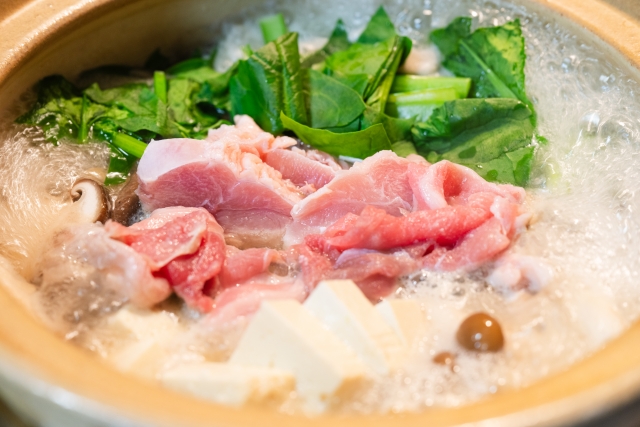
How You Can Experience Sumo in Japan
If you’re eager to witness the spectacle of sumo, there are several ways to do so, depending on when and where you visit. The best way to experience sumo is to attend one of the six major tournaments held throughout the year. While you’re visiting Kyoto, your best bet for viewing a sumo match is a trip to Osaka or Nagoya, both of which are easily reachable by train (about an hour on a regular train to Osaka, or 30 minutes on the bullet train to Nagoya).
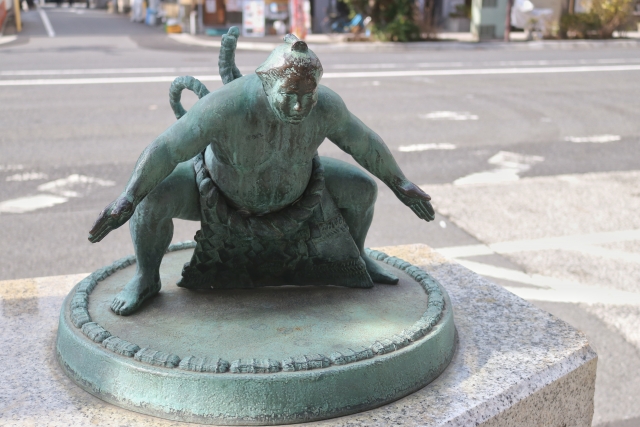
Attending a Sumo Tournament
The tournaments, known as honbasho, are held in January, May, and September in Tokyo; in March in Osaka; in July in Nagoya; and in November in Fukuoka. These events run for 15 days, and each day is packed with action from morning to evening, featuring wrestlers of various skill levels. Watching a sumo match in person is an experience unlike any other, where you can feel the power and intensity of the wrestlers as they clash in the dohyo.
If you plan to attend a tournament, booking tickets in advance is highly recommended, especially for the more popular matches on weekends or days featuring high-ranking wrestlers. Tickets range from box seats near the ring, where you can sit on floor cushions, to arena seats higher up, which are more affordable but still provide a good view.
Other Viewing Options
For those who can’t attend a major tournament, there are still ways to experience sumo. In Tokyo, some sumo stables offer the opportunity to watch morning practice sessions. These practices give an intimate look at the intense training routines and discipline of the wrestlers. Just be sure to observe the proper etiquette during these visits by keeping quiet and following the instructions given by stable members.
What to Expect at a Sumo Match
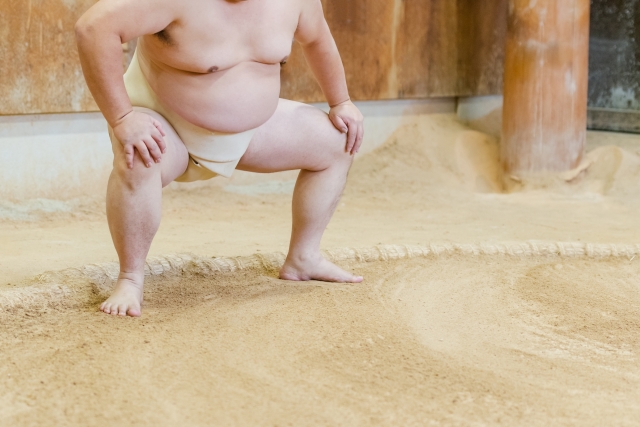
Walking into a sumo arena is an experience in itself. The kokugikan, or sumo halls, are filled with an air of excitement and reverence. Before the matches begin, wrestlers perform the dohyo-iri ring-entering ceremony, where they wear ceremonial aprons called kesho-mawashi. The top-ranking rikishi, known as yokozuna, have a special, highly ceremonial entrance
Matches usually start with lower-ranked wrestlers and build up to the more anticipated bouts of the day. Despite the brief duration of the fights, the tension and buildup make every moment thrilling.
Basic Etiquette and Traditions
If you’re attending a match, there are a few customs to be aware of. Out of respect for the wrestlers and the traditions, it’s important to remain quiet during ceremonies and refrain from eating or talking loudly. Photography is generally allowed, but flash photography is discouraged. When a particularly popular or high-ranking wrestler wins, fans may even throw their seat cushions into the air, a tradition reserved for special victories.
Aside from watching matches, sumo arenas offer a range of amenities. You can sample traditional Japanese food, including bento boxes that feature hearty dishes inspired by sumo wrestlers’ meals. There are also merchandise stands where you can purchase souvenirs.
Sumo wrestling offers a powerful glimpse into Japan’s history, spirituality, and sporting culture. Although Kyoto isn’t a regular host to sumo matches, the city’s deep cultural ties and rituals provide a meaningful backdrop for understanding the sport’s significance – and from the city, you won’t have far to travel to see some sumo in the flesh!


